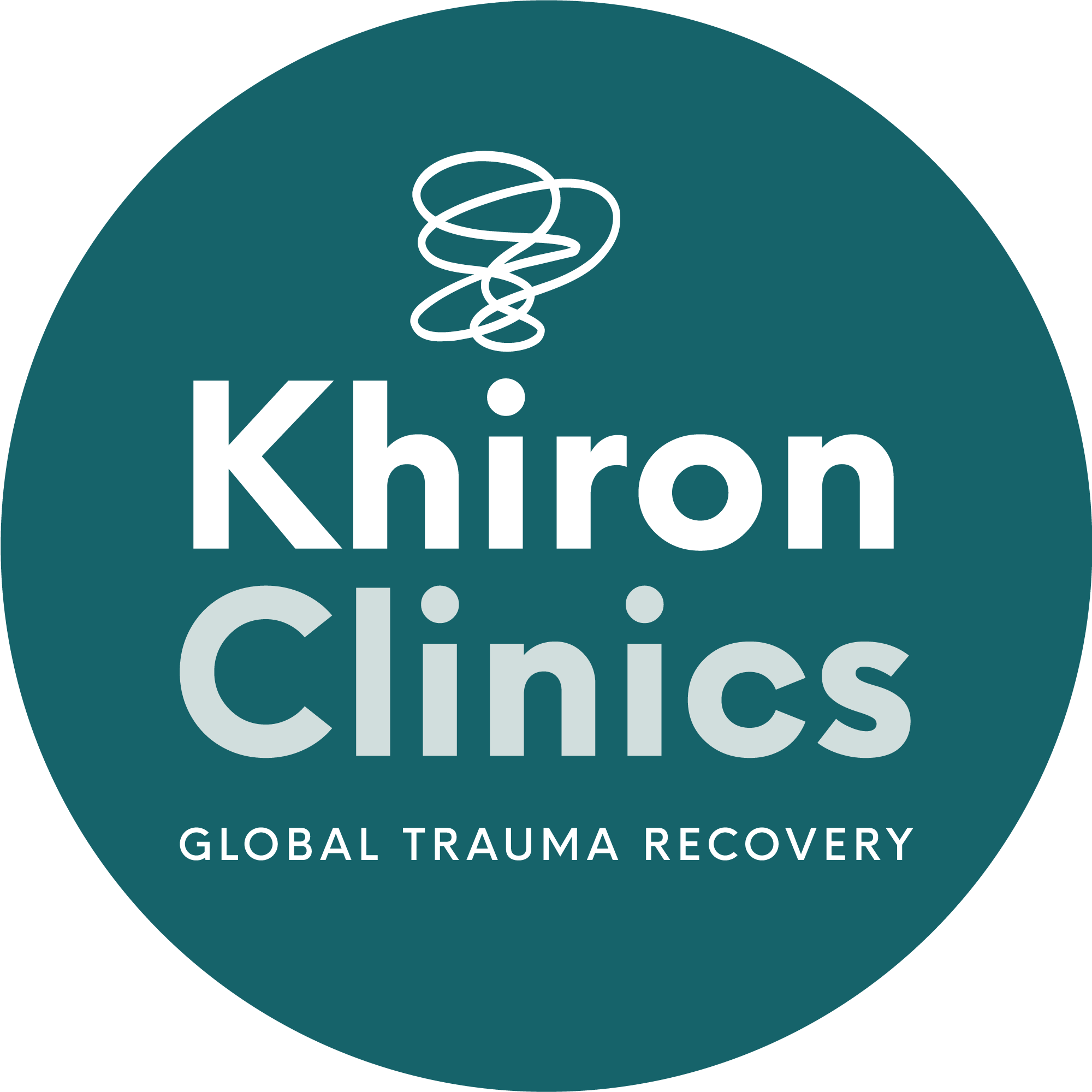Childhood attention-deficit/hyperactivity disorder (ADHD) is a neurodevelopmental condition that can significantly impact a child’s mental health. ADHD is characterised by persistent patterns of inattention, hyperactivity, and impulsivity, affecting a child’s ability to focus and regulate their behaviour. The challenges associated with ADHD can contribute to emotional and social difficulties, leading to increased stress, low self-esteem, shame and anxiety.
Children with ADHD can also struggle in school, often struggling with focus, attention, memory, and sometimes social situations. Untreated ADHD can have long-term consequences, increasing the risk of comorbid mental health conditions such as depression and anxiety disorders.
Early intervention, including behavioural therapies and, in some cases, medication, can help manage symptoms and mitigate the impact of ADHD and other neurodivergent conditions on mental health. Additionally, fostering a supportive environment at home and in educational settings is crucial for promoting the well-being of children with ADHD, helping them build resilience, confidence and coping skills to navigate life’s challenges.
Evolution of Understanding ADHD
In the scientific community, there was a prevailing belief that ADHD was exclusive to childhood, dissipating by early adulthood. It is now recognised, however, that ADHD is a persistent condition extending into adulthood.
The recent upsurge in adolescents and adults receiving new ADHD diagnoses does not point to the sudden onset of the disorder. Instead, it is likely attributed to symptoms being misunderstood and discounted as misbehaviour or other conditions during their youth.
In the early 1990s, ADHD was primarily viewed through a behavioural lens, emphasising hyperactivity and inattention symptoms. In the mid-1990s, the diagnostic criteria for ADHD were refined, recognising diverse subtypes of the disorder. ADHD subtypes include inattentive, hyperactive-impulsive, and combined. Inattentive focuses on attention issues, hyperactive-impulsive on restlessness and impulsivity, and those with combined exhibit both.
More recently, the work of experts like Dr. Gabor Maté emphasised the environmental impact of the development of ADHD, underscoring the role of early trauma, stress and instability in a child’s life. This holistic perspective integrates biological, psychological, and environmental factors, expanding our understanding beyond presenting symptoms to acknowledge the complex interplay of genetics and life experiences in shaping ADHD, fostering a more nuanced understanding of the disorder.
ADHD and Trauma
Symptom overlap between ADHD and trauma, especially in children, raises the risk of misdiagnosis. The psychiatric community continues to debate the role of trauma in predicting ADHD. However, shared symptoms require increased awareness and understanding of the disorders for schools, parents, and those in the medical and mental health professions.
Shared features include difficulty concentrating, impulsivity, hyperactivity, and emotional dysregulation. Children exposed to trauma often exhibit these behaviours, mirroring ADHD symptoms. Trauma can impair attention, leading to inattention and distractibility, core ADHD symptoms. Similarly, hyperactivity and impulsivity can result from a traumatised nervous system, making it difficult to differentiate between ADHD-specific characteristics and trauma-induced behaviours.
Exploring the Link Between ADHD and Early Stress
Adverse Childhood Experiences (ACEs) are stressful, disrupting, potentially traumatic events that occur before age 18, such as abuse, domestic violence, parental separation, neglect, illness, and family dysfunction. ACE research links these experiences to long-term health and behavioural consequences.[1] Studies show a correlation between multiple ACEs and increased risk of mental health issues, substance abuse, and chronic diseases later in life.[2]
Studies indicate that exposure to ACEs can induce ADHD-like behaviours in children. ACEs heighten stress levels, impacting brain development, behaviour, and overall physical and emotional well-being.
Recent research found that ADHD was more prevalent in those with multiple ACE exposures, particularly in cases of socioeconomic hardship, divorce, familial mental illness, incarceration, and neighbourhood violence. The likelihood of ADHD increased with a higher ACE score, and those with scores of 2 or more ACEs were more prone to what the study called ‘moderate to severe ADHD’.[3]
Other research points to variations in how symptoms of ADHD manifest in children who have experienced trauma compared to those who haven’t, with hyperactivity and impulsivity both directly and indirectly influenced by trauma. One particular study observed that childhood trauma influenced the severity of inattention symptoms through memory bias. Negative memory bias specifically indicates a tendency to remember negative or distressing events more vividly or with greater emphasis compared to neutral or positive experiences. This bias can affect how individuals perceive and recall events, potentially influencing their emotional well-being, behavioural responses, and mental health.[4]
The Role of The Environment
The origins of ADHD are complex and a matter of continuous professional debate and research. They involve a dynamic interplay between genetic predispositions and environmental influences. Ongoing debates within the scientific community revolve around the weight of genetic versus environmental contributions to ADHD development.
Renowned psychologists Gabor Maté and Peter A. Levine have significantly contributed to the growing understanding of neuroscience and neurobiology, particularly regarding the effects of early-life stress on brain development and its potential links to conditions like ADHD.
Maté suggests early stress, including familial challenges, significantly impacts brain development. Childhood chronic stress disrupts neural circuits, affecting critical regions like the prefrontal cortex and limbic system, influencing cognitive functions tied to ADHD symptoms, such as attention, impulse control, and emotional regulation. His perspective explores ADHD as an adaptive response to challenging environments, such as impulsivity serving as a means to seek stimulation or escape distress.[5]
Peter Levine emphasises the impact of early trauma on brain development, specifically in areas associated with attention, impulse control, and emotional regulation. Chronic stress during critical periods of brain development can alter the structure and function of key regions, including the prefrontal cortex, responsible for executive functions.
Trauma’s effects extend to neurotransmitter systems, disrupting dopamine and norepinephrine pathways crucial for attention and focus. Hypervigilance induced by trauma can affect sensory processing, challenging individuals to filter and integrate information, which further impacts attention and concentration.
While ADHD involves multiple genes contributing to neurotransmitter pathways and brain development, researchers such as Maté and Levine stress the role of environmental factors. The intricate interplay between genes and environment shapes the onset and severity of ADHD, offering a nuanced perspective and increased treatment and management options.
Treatment and Healing For ADHD and Trauma
When addressing ADHD in the context of trauma, a comprehensive treatment approach is crucial. Combining therapeutic interventions that manage both the neurobiological aspects of ADHD and the psychological, somatic, and emotional impact of trauma is essential.
Trauma therapy that is informed and aware of the needs of those with ADHD ensures that behavioural responses that have served as coping mechanisms in situations of stress or instability are treated as such. Likewise, other symptoms like tics and fidgeting are treated with compassion, not judgement.
Additionally, for both parents and children, understanding the connection between trauma and ADHD can be empowering and freeing. It can also be an essential tool for combating the pervasive sense of shame, guilt, and failure that is often experienced by children and adults with ADHD. These feelings can profoundly influence mental health and self-esteem throughout life, so recognising that ADHD symptoms may result from adversity in early life rather than personal shortcomings may alleviate self-blame.
Sources:
[1] Felitti VJ, Anda RF, Nordenberg D, Williamson DF, Spitz AM, Edwards V, Koss MP, Marks JS. Relationship of childhood abuse and household dysfunction to many of the leading causes of death in adults. The Adverse Childhood Experiences (ACE) Study. Am J Prev Med. 1998 May;14(4):245-58. doi: 10.1016/s0749-3797(98)00017-8. PMID: 9635069.
[2] Larkin H, Shields JJ, Anda RF. The health and social consequences of adverse childhood experiences (ACE) across the lifespan: an introduction to prevention and intervention in the community. J Prev Interv Community. 2012;40(4):263-70. doi: 10.1080/10852352.2012.707439. PMID: 22970779.
[3] Brown NM, Brown SN, Briggs RD, Germán M, Belamarich PF, Oyeku SO. Associations Between Adverse Childhood Experiences and ADHD Diagnosis and Severity. Acad Pediatr. 2017 May-Jun;17(4):349-355. doi: 10.1016/j.acap.2016.08.013. PMID: 28477799.
[4] Vrijsen JN, Tendolkar I, Onnink M, Hoogman M, Schene AH, Fernández G, van Oostrom I, Franke B. ADHD symptoms in healthy adults are associated with stressful life events and negative memory bias. Atten Defic Hyperact Disord. 2018 Jun;10(2):151-160. doi: 10.1007/s12402-017-0241-x. Epub 2017 Oct 28. PMID: 29081022; PMCID: PMC5973996.
[5] Mate, G. (2023) Scattered minds: The origins and healing of attention deficit disorder. New York: Avery, an imprint of Penguin Random House.



